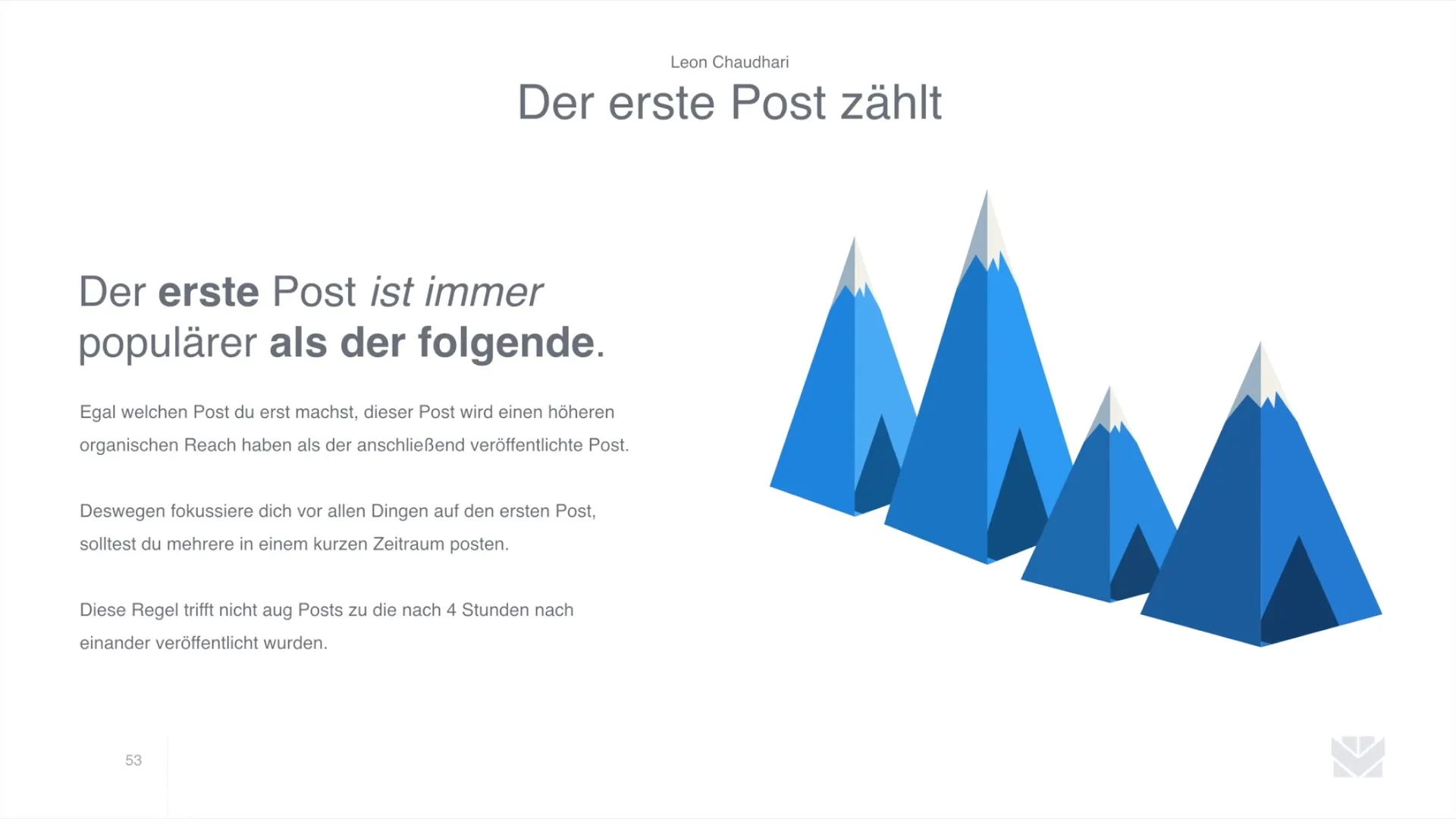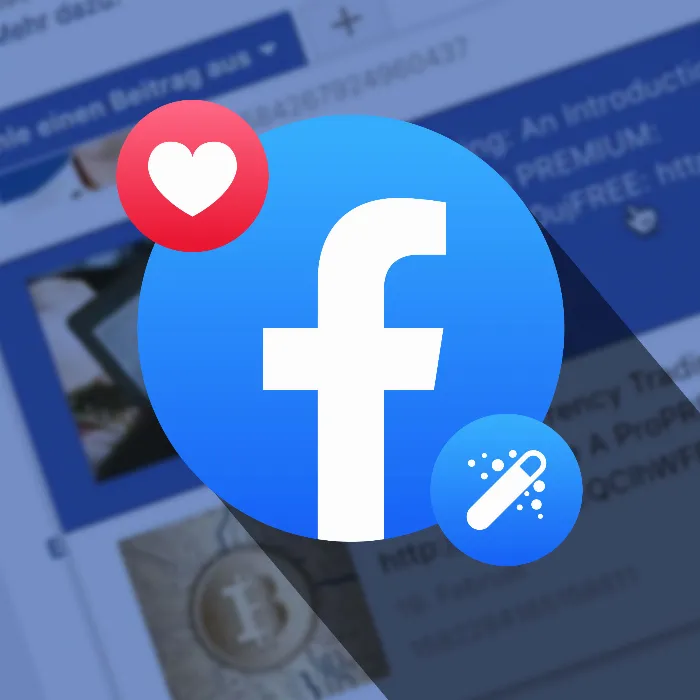The right strategy for posting on Facebook determines the success of your posts. The first post of the day or the first post after a break plays a decisive role. You must understand how to make optimal use of this first post to achieve the greatest possible organic reach.
Main Insights
The first post of the day usually achieves the highest reach and engagement. Plan this carefully to make optimal use of the organic reach. If you wish to publish multiple posts per day, make sure to leave enough time between them in order not to affect the performance of your first post.
Step-by-Step Guide
1. Choose the Timing of the First Post
The first step to getting the most out of your first post is choosing the right timing. It makes sense to publish the first post of the day at a time when your target audience is most active. For example, many users are particularly active in the mornings during breakfast or during their lunch break.

2. Determine the Content of the First Post
Carefully consider which content you want to share in your first post. The content should be relevant, engaging, and of interest to your target audience. Also, keep in mind that your first post often addresses the most important topic of the day. The more relevant the post, the more engagement you can expect.
3. Utilize Organic Reach
The first post gives you the largest organic reach. This means you should try to incorporate all your creative ideas into this post. Use various media formats such as images, videos, or links to generate more attention. The more people see your post and interact with it, the higher the likelihood that it will be further distributed by Facebook.
4. Strategically Plan Additional Posts
If you plan to publish multiple posts in a short time frame, make sure to leave at least four hours between the posts. This gives users the opportunity to react to your first post before you share additional content. A good schedule could look like this, for example: 8 AM, 12 PM, 4 PM, and a final post at 8 PM.

5. Schedule Time for the First Post
Spend enough time planning and creating your first post. Think carefully about the message you want to convey and how to formulate it optimally. The first post often sets the tone for the day's interactions, so it is important to craft it thoughtfully.
6. Evaluate the Interactions
Monitor the interactions your first post receives. Check how often it is commented on or shared, and analyze which elements work particularly well. This information is valuable and will help you improve future posts.
Summary
To get the most out of your first post on Facebook, choose the right timing and plan the content carefully. Make optimal use of organic reach, strategically plan additional posts, and analyze the results.
Frequently Asked Questions
How often should I post per day?It's helpful to plan multiple posts, but leave at least four hours between them.
What is the best time for the first post?The best time is often in the morning or during lunch break when many users are active.
How can I increase the reach of my first post?Create relevant and engaging content that invites interaction.
Why is the first post so important?The first post usually brings the highest organic reach and engagement.


